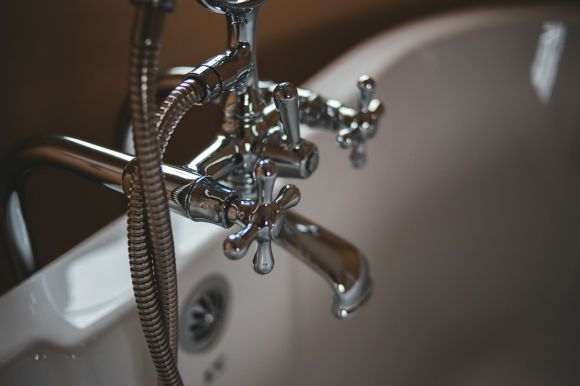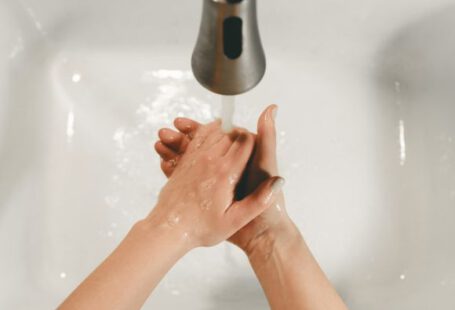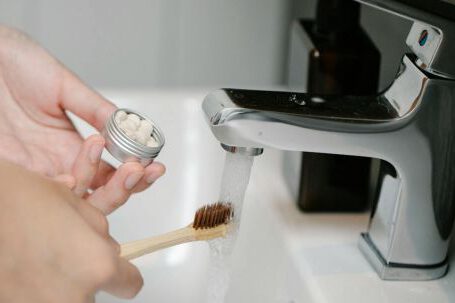When it comes to fixing clogged drains, a plumber’s snake can be a handy tool to have. Also known as a drain auger, this flexible and long metal cable can help you remove debris and unclog pipes quickly and effectively. If you’re wondering how to use a plumber’s snake, follow this step-by-step guide to get your drains flowing smoothly again.
Gather the Necessary Tools
Before you begin, make sure you have all the necessary tools and equipment. Apart from the plumber’s snake itself, you’ll need gloves to protect your hands, a bucket to collect any excess water, and a flashlight to help you see inside the drain. Additionally, keep some towels or rags nearby to clean up any mess that may occur during the process.
Locate the Problem Area
Identifying the exact location of the clog is crucial before using a plumber’s snake. Begin by removing the drain cover, if applicable, and shine the flashlight down the drain to get a clear view. If the clog is not visible, try pouring a small amount of water down the drain to see if it backs up or drains slowly. Once you’ve located the problem area, you can proceed with using the snake.
Insert the Plumber’s Snake
Start by inserting the end of the plumber’s snake into the drain. Slowly feed the cable down the pipe while rotating the handle clockwise. It’s important to maintain a steady and controlled movement to prevent the snake from getting tangled or causing any damage to the pipes. As you feed the snake deeper into the drain, you may encounter some resistance when it reaches the clog.
Break Up the Clog
Once you’ve reached the clog, use the snake to break it up. Push and pull the cable back and forth while applying gentle pressure to dislodge the debris. Avoid using excessive force, as this can damage the pipes. If you encounter a particularly stubborn clog, try rotating the snake in a circular motion to help break it apart.
Retrieve the Debris
After breaking up the clog, slowly retract the plumber’s snake from the drain. As you pull it out, the debris should come with it. Use a rag or towel to clean off any residue on the cable as you remove it from the drain. Dispose of the debris in a garbage bag or bin.
Test the Drain
Once you’ve removed the clog, it’s time to test the drain. Run some water down the drain and observe how it flows. If the water drains freely without any issues, congratulations! You’ve successfully unclogged the drain using a plumber’s snake. If the water still drains slowly or backs up, you may need to repeat the process or consider seeking professional help.
Conclusion
Using a plumber’s snake is a straightforward and effective method for unclogging drains. By following this step-by-step guide, you can confidently tackle minor clogs and restore proper drainage in your home. Remember to exercise caution and patience throughout the process to avoid causing any damage to your plumbing system. With a little practice, you’ll become a pro at using a plumber’s snake in no time.



